Related Research Articles

Captain William Hobson was a British Royal Navy officer who served as the first Governor of New Zealand. He was a co-author of the Treaty of Waitangi.
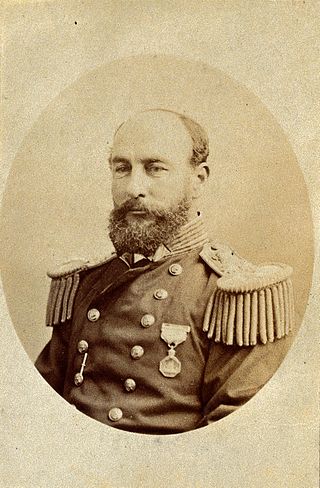
Vice-Admiral Sir George Strong Nares was a Royal Navy officer and Arctic explorer. He commanded the Challenger Expedition, and the British Arctic Expedition. He was highly thought of as a leader and scientific explorer. In later life he worked for the Board of Trade and as Acting Conservator of the River Mersey.

Admiral of the Fleet Sir George Rooke was an English naval officer. As a junior officer he saw action at the Battle of Solebay and again at the Battle of Schooneveld during the Third Anglo-Dutch War. As a captain, he conveyed Prince William of Orange to England and took part in the Battle of Bantry Bay during the Williamite War in Ireland.

Rear Admiral Phillip Parker King, FRS, RN was an early explorer of the Australian and Patagonian coasts.

William Henry Groom was an Australian publican, newspaper proprietor, and politician who served as a member of the Parliament of Queensland from 1862 to 1901 and of the Parliament of Australia in 1901.

Admiral Sir Dudley Rawson Stratford de Chair was a senior Royal Navy officer and later Governor of New South Wales.
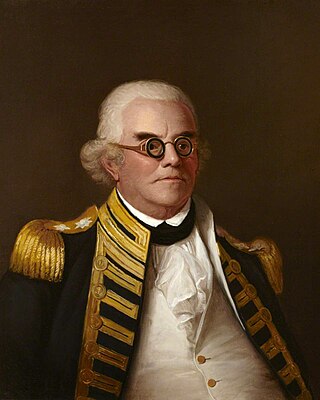
Admiral Peter Rainier was a Royal Navy officer who served during the Seven Years' War, the American Revolutionary War and the Napoleonic Wars. From 1794 to 1805, Rainier was commander-in-chief of the Navy's East Indies Station, covering all seas between the Cape of Good Hope and the South China Sea.
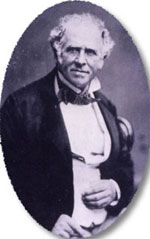
Lieutenant Colonel George Barney was a military engineer of the Corps of Royal Engineers and became Lieutenant Governor of the Colony of North Australia.
Events from the year 1811 in the United Kingdom. This is a census year and the start of the British Regency.
Events from the year 1822 in the United Kingdom.
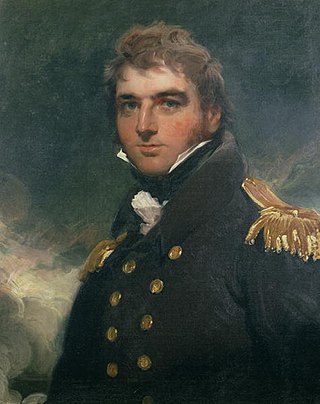
Vice-Admiral Sir Charles Paget GCH was a British sailor who also became a liberal politician and Member of Parliament.

Vice-Admiral Arthur Edward Frederick Bedford, CB, CSI was a Royal Navy officer. He served in HMS Kent at the Battle of the Falkland Islands of 1914 and rose to command the Royal Indian Navy from 1934 to 1937, when he retired. A year later he rejoined the colours and served until the end of the Second World War.
Henry Simpson may refer to:
Henry Adolphus Warre Slade was a British businessman and a member of the Legislative Council of Hong Kong.
Admiral Sir Henry Tritton Buller, was a Royal Navy officer, who commanded the Royal Yacht from 1921 to 1931. He served as an Extra Equerry to King George V, and, from 1932 till his death, he was a Groom-in-Waiting to the monarch.
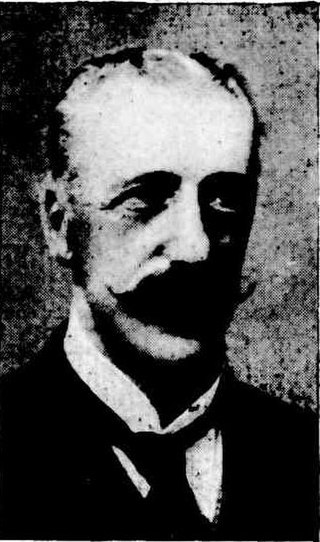
William Yaldwyn was a politician in Queensland, Australia. He was a member of the Queensland Legislative Council.

Arthur Alexander Walton Onslow was born at Trichinopoly in India to surveyor Arthur Pooley Onslow and Rosa Roberta Macleay. In 1838 was sent to New South Wales, where he lived with his grandfather Alexander Macleay at Elizabeth Bay House in Sydney. He returned to England to live with his family in 1841 and was educated in Surrey and Nottingham. He entered the navy in May 1847 as a midshipman on HMS Howe and by 1847 he was a navy midshipman.
Admiral Edward Stanley Adeane, was a British Royal Navy admiral at the end of the 19th century.
Rear Admiral Galfry George Ormond Gatacre, was a senior officer in the Royal Australian Navy (RAN), who also played first-class cricket. His naval career began in 1921 and lasted until his retirement in 1964, during which time he spent a number of years on secondment to the Royal Navy. He saw action in both the Second World War and the Korean War, for which he was awarded the Distinguished Service Cross and the Distinguished Service Order. He also played first-class cricket in England for the Royal Navy Cricket Club. He was made a Commander of the Order of the British Empire in 1960 and, after retirement from the navy, he became a businessman.
Vice-Admiral John Lyons was an eminent British Admiral and Foreign Ambassador of the Royal Navy.
References
- 1 2 3 4 5 "Former Members". Parliament of Queensland. 2015. Retrieved 5 March 2015.